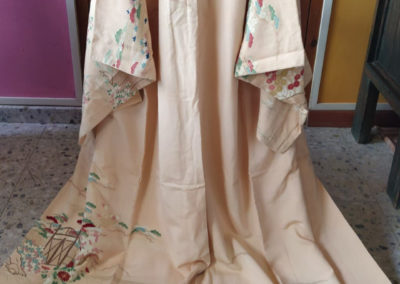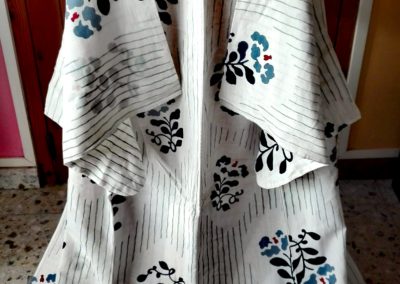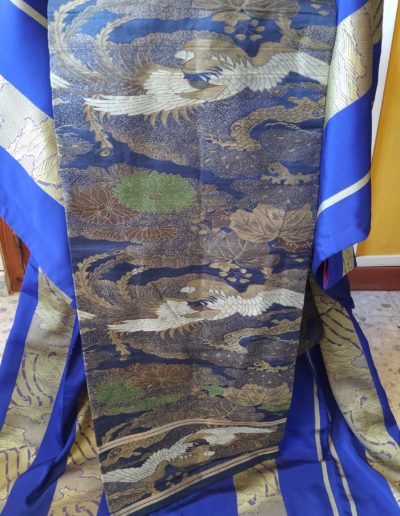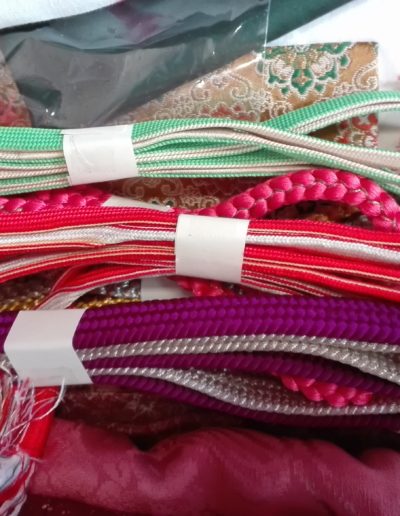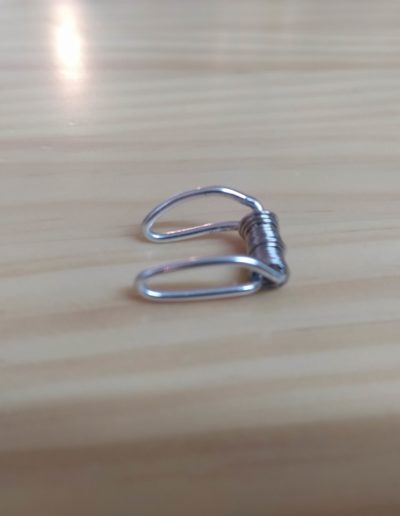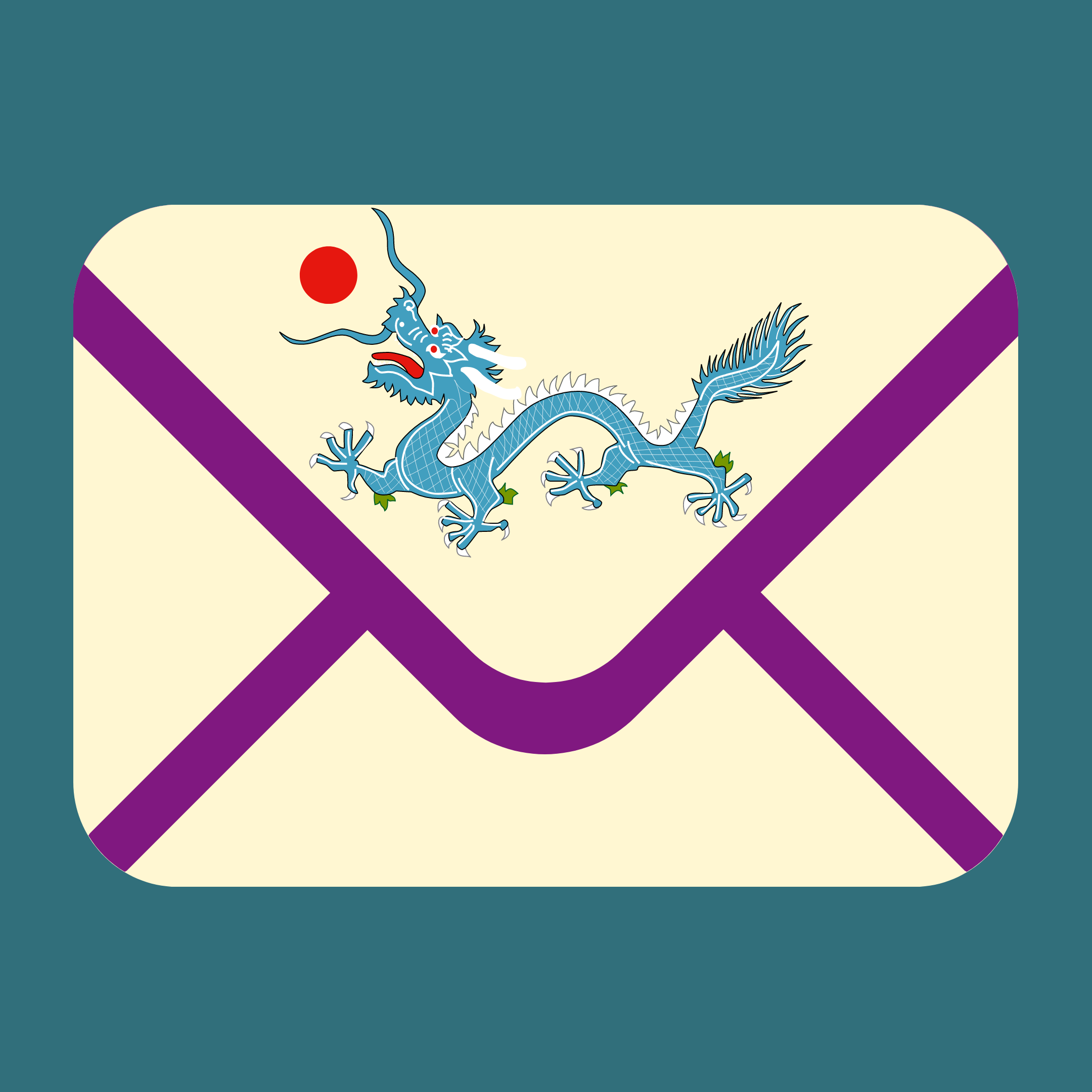Esta entrada también está disponible en:



Frequent asked questions
What is my Kimono size?
What types of kimonos do we have for women?
Each occasion requires a specific type of kimono and likewise each kimono is worn for a specific occasion. In the same way, not everyone uses the same accessories or the same shells.
– Yukata: Kimono made of cotton or linen essentially for summer or to be at home. It is designed for very casual occasions. He dresses in the Hanhaba Obi (the half-wide one), and Geta (the wooden shoes). It has no lining.
– Tsumugi: Thick kimono made with the technique of Ikat weaving, are colored threads that are woven to form a pattern. Obis can be Hanhaba, Nagoya, Natsu, Hitoe or Chuuya. Zori is usually used but if it is summer you can wear Geta shoes. It has lining, usually cotton.
– Sha: Kimono without lining and made of chiffon or transparent fabric designed for summer. By itself it doesn’t say much about what occasion it can be worn, it’s always a summer version of another type of Kimono. It also has its Obi type called Natsu (summer) which is less heavy.
– Komon: The most common kimono, the one you find the most, if you see a kimono with a regular print all over the garment, lining and not very long sleeves will be a Komon. They have a daily use and even if you see it very decorated and beautiful, it is still a piece to go shopping, to the theater or to lunch. With this you can use almost any obi except the Mari Obi. This type of kimono can also be found in the Sha variety, which is unlined and made of gauze-type material, used essentially for summer. Footwear must be with Zori Tabi.
– Tsukesage: Semi-formal kimono with a tone for the whole piece and decoration on the right sleeve and on the bottom, usually the designs do not go beyond the seams. A Maru Obi or Fukuro Obi should be worn for this kimono. It is usually used for weddings, graduations, tea ceremonies and other parties. You can also find it in Sha format for use in the summer. Footwear must be with Zori Tabi.
– Houmongi: Formal kimono which is a top version of tsukesage. It has decoration on the sleeves and bottoms, but extends a little wider at the shoulders and sleeves even through the seams and at the back, to give a more harmonious design. Otherwise it has the same characteristics as the Tsukesage.
– Tomesode:Kimono essentially of a single tone but that has a design in the low ones, together with Kamon (shields of the family) that can have up to five. It is one of the most formal after the Furisode (for weddings and very formal ceremonies). With these pieces it is necessary to use a Maru Obi or the Fukuro Obi. With this kimono there is also the requirement to wear Zoris as shoes and tabi (socks).
What kind of kimono do we have for men?
For men there are less variety ofkimonos the same as with accessories, but they have other pieces like hakamas.
– Yukata: Kimono made of coton or linen essencialy for summer or beeing at home. It’s thought for very casual ocasions. It’s dressed with the Kaku Obi or the Heko Obi.
– Kimono: Usualy done in very dark and somber colours, even though more bright you can see them de tonalitatsdone in more bright tones. The formality is dictated by the number of Kamon (crests) that the piece has.
– Hakama: Pleaded pants that are worn on top of the kimono.
Which obi goes well?
It is a very common question and sometimes the answer is what you like and sometimes it depends on the kimono you choose.
The formality of Japanese clothing requires certain pieces that must be worn at specific times and for each of them there are their accessories.
Obisks are a very important element and therefore there are for all occasions. The longer it is the more chances of knots there are, also if you have a wider waist you will require more fabric to get the same effect. Feel free to ask us if you want a good combination.
Women's Obi
– Hanhaba obi: Literally the half width one. It is the narrowest obi, about 15 cm, and easyest to put. It does not require Obiage or Obijime and is usually worn with yukata, komon kimono, Tsumugi kimono or cotton or wool kimonos. It is one of the least formal.
– Kaku Obi: Obi traditionally male, much narrower, but there are women who wear it to give a more masculine air to the combination.
– Hitoe Obi: In this case it is a type of geometric pattern in the form of lines. It is usually worn with kimonos of the same pattern, summer garments and yukatas. Nor does it require obijime or obiage.
– Chuuya Obi: Obi with different designs on one side and on the other, designed to change day and night. It is reversible. It can be worn with a Komon, Tsumugui, cotton or wool kimono.
– Nagoya Obi:It is an obi with a wider part and a narrower one, designed to make it easier to make the Taiko musubi or drum knot. There are many styles but most are for everyday and regular use like Kimono komon. Not so much thought for yukata. If you find a very elaborate nagoya obi you could use it with higher category kimonos like a tsukesage.
– Natsu Obi: Obi about 30 cm wide and about 350 cm or more long. The feature is that it is usually made of a single layer, without hardener and even translucent. This is intended for use with the summer kimono, the Sha, which is unlined and is made of a gauze or translucent fabric.
– Fukuro Obi: obi about 30 cm wide with large decoration on one side of the fabric but smooth on the other side. This obi allows you to be used with very formal kimonos such as tomesode, furisode or tsukesage.
– Maru Obi: Similar to the Fukuro obi but much higher level. The design is spread throughout the piece, both the visible and the non-visible, and usually has very intricate designs. This is for use with the most classy pieces and for the most exclusive occasions like weddings.
– Obi prefet: It can be of various types but here what is recreated is the knot that is already made and is easier to put on.
Men's Obi
– Kaku Obi: Obi 10 cm wide and about 400 cm long. Depending on the material it may be correct for all situations. The simplest knot is called “no-kuchi.” It is placed on the hip under the belly.
– Heko Obi: Long fabric (3m-4m) usually simple silk with the ends printed in tie-die. It has an informal use. Mostly for men and children. Women can now use it in an informal context. It is usually a piece for the interior of the house but young people use it outside as well.
– Sanjaku Obi: Obi easy to put on, thin and narrow, ties with koma musubi square knot. It is typically used in martial arts uniforms.
What accessories can I need in addition?
Apart from the most obvious such as the kimono or the obi, there are other items that may be needed to dress in the traditional way.
– Obijime: silk “rope” that is used to hold according to which knots of the obi. It is also a decorative element rather than depending on what type of obi or kimono doors should be of one type or another. . The round is considered more festive than the flat
– Obiage: “handkerchief” which is put on to beautify the top of the obi and to cover the obi makura (pillow which is put on according to which knots to give shape).
– Obimakura: Pillow for making taiko musubi. There may also be other shapes for other knots. It will be wrapped with the Obiage.
– Obi-ita: additional hardener for the obi. It keeps it smoother. It is placed between the layers once it is in place. It is also found that they are tied with ropes and put on before tying the obi.
– Koshihimo: Cotton ribbons that are put on to hold the kimono and are covered by the obi. For a woman you need two, for a man only one. There are also some who put them on to help make the knot of the obi.
– Obidome: Small “jewel” that is put on the obijime to further beautify the belt. It is only used with thin obijimes and for non-ceremonial situations.
– Obidome Converter: Small piece to fit any brooch in an obidome.
– Juban: Underwear for the Kimono. Kimono-shaped robe for both men and women. They tend to be shorter and less decorated. The most visible part is the neck, so it usually has decorations.
If you have any question please contact us, we are at your service.
We also buy Kimono, yukata and other second hand. Write us
Many articles we have only one of each, once sold it’s very provable we’ll not have it again.
web page dessigned by DigiCultura Solutions


